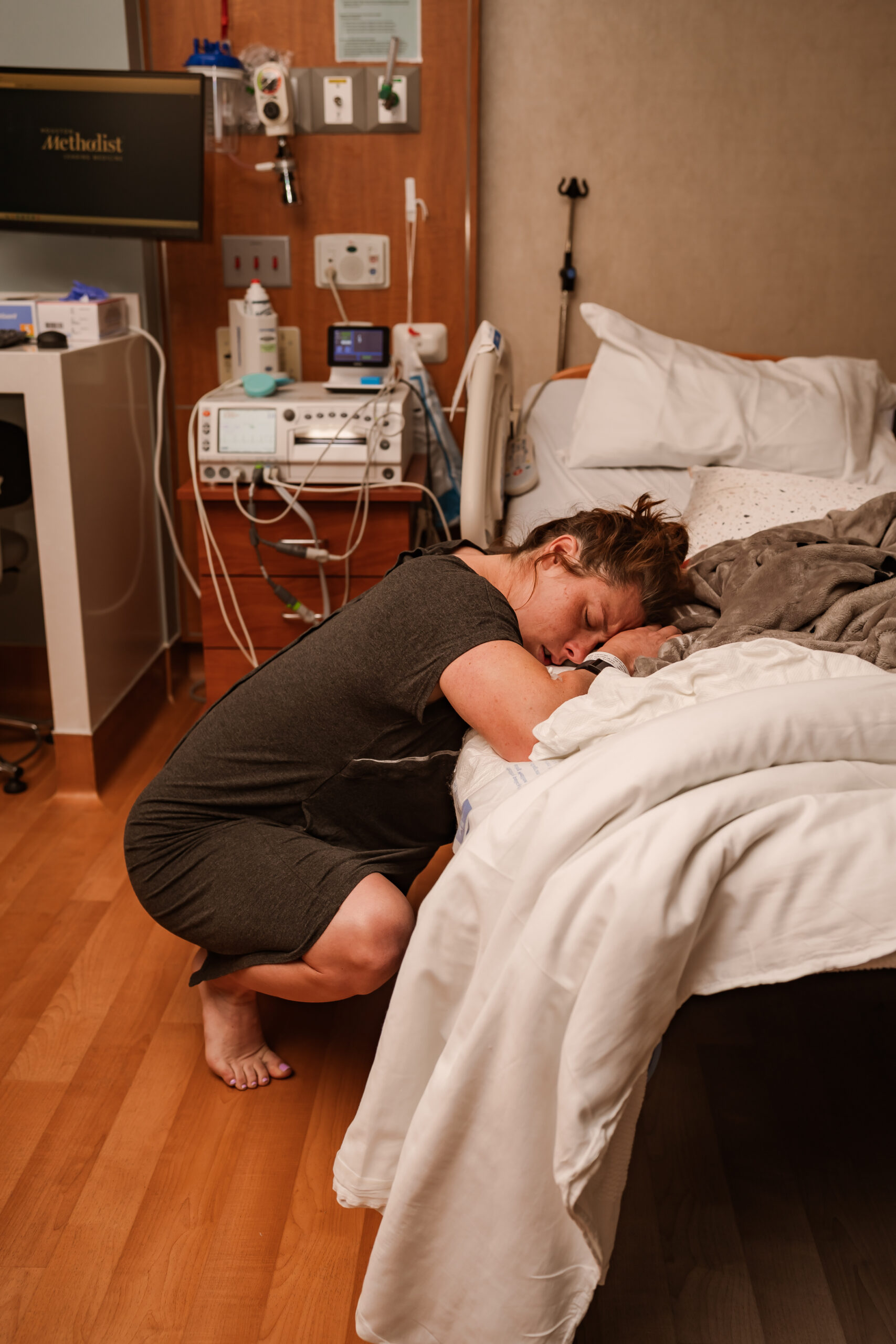
How to Have an Unmedicated Hospital Birth: Tips for Success
March 26, 2025
If it is important to you, giving birth without pain medication in a hospital setting is absolutely possible with the right preparation, mindset, and support. While hospitals are often associated with medical interventions, you can still have an empowered, natural birth experience. Here are some key tips to help you achieve an unmedicated hospital birth.
1. Choose the Right Provider and Birth Location
The provider and hospital you choose will significantly impact your birth experience. Look for an OB or midwife who supports physiological birth and has a track record of low-intervention deliveries. Some hospitals are more naturally-minded than others, so research their policies on things like intermittent monitoring, movement during labor, and access to tubs or birth balls.
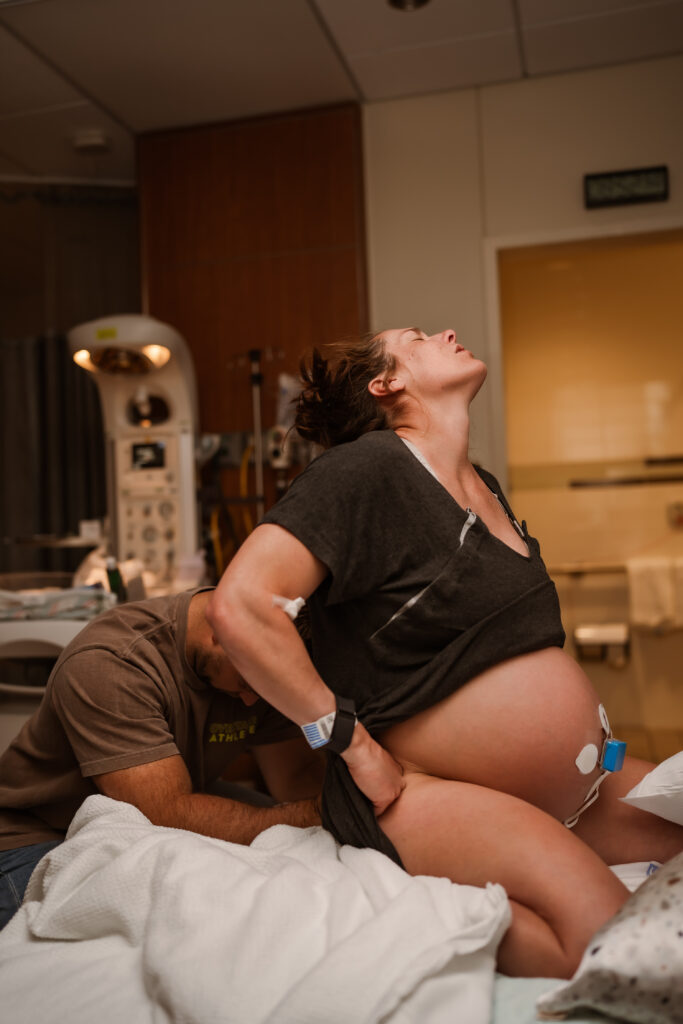
2. Hire a Doula!
A doula is a trained professional who provides continuous emotional and physical support during labor. Studies show that having a doula can reduce the need for pain medication and medical interventions. Doulas can also advocate for your birth preferences and help create a calming environment. They provide hands-on comfort techniques such as counterpressure, massage, and guided breathing, helping you stay focused and in control. Additionally, they can assist with position changes to facilitate labor progress and offer reassurance to both you and your partner throughout the entire birth process.

3. Know Hospital Policies and Your Rights
Take time to understand the hospital’s standard procedures for labor and delivery. Some interventions, like continuous fetal monitoring or IV fluids, are common but not always required. You have the right to request a wireless monitor, allowing you to move freely without worrying about displacing lap monitors. You can also choose to have a saline lock placed, keeping IV access available if needed without being continuously hooked up. Being informed about your rights empowers you to make confident decisions about your care and decline any interventions that don’t align with your birth plan.
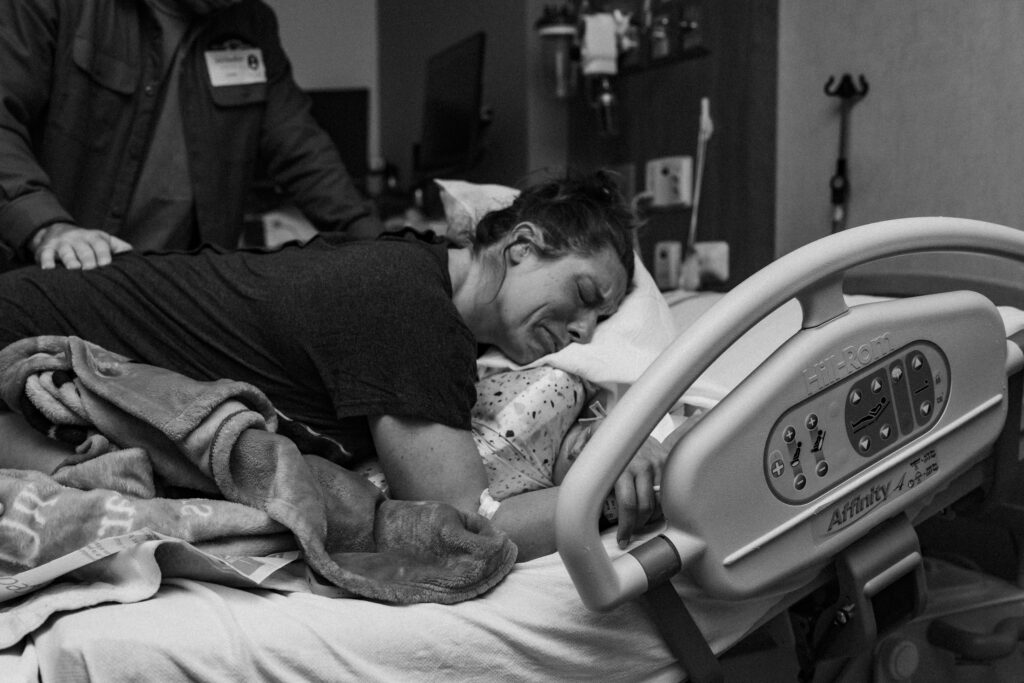
4. Take a Comprehensive Birth Class
Educating yourself on unmedicated birth is crucial. Choose a birth class that focuses on natural pain management techniques, such as Hypnobirthing, the Bradley Method, or Lamaze. These classes provide valuable coping strategies and teach partners how to offer support. Having a doula will also help with education!
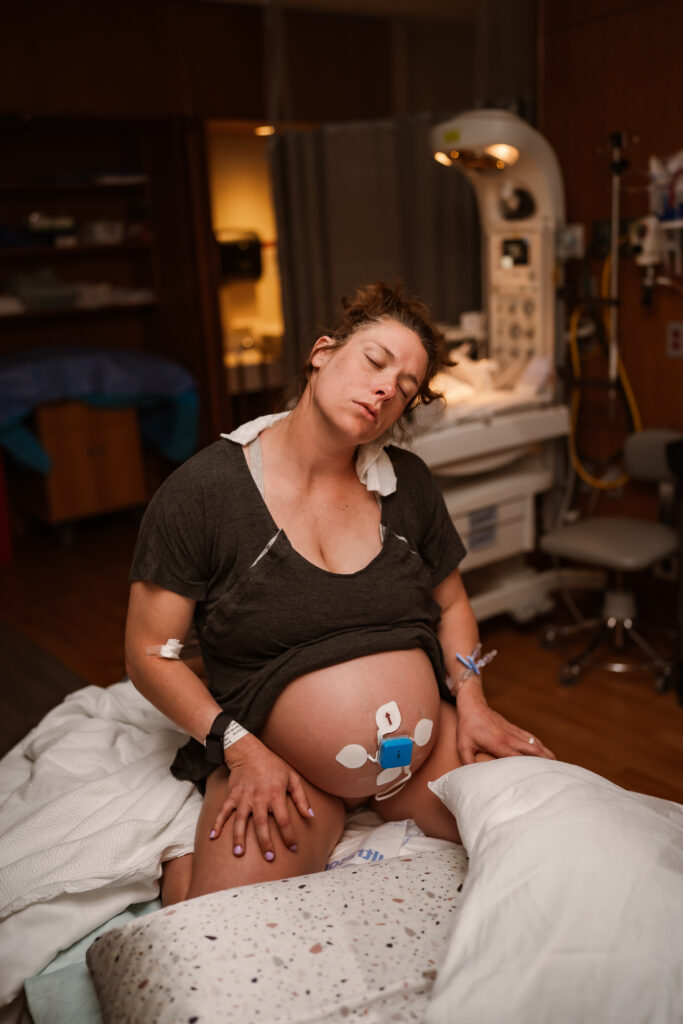
5. Create a Strong Birth Plan (and Communicate It!)
A well-thought-out birth plan can help you communicate your preferences to your care team. Keep it brief and positive, highlighting key preferences such as avoiding an epidural, limiting interventions, and maintaining freedom of movement. Discuss your plan with your provider ahead of time and bring printed copies for the hospital staff.
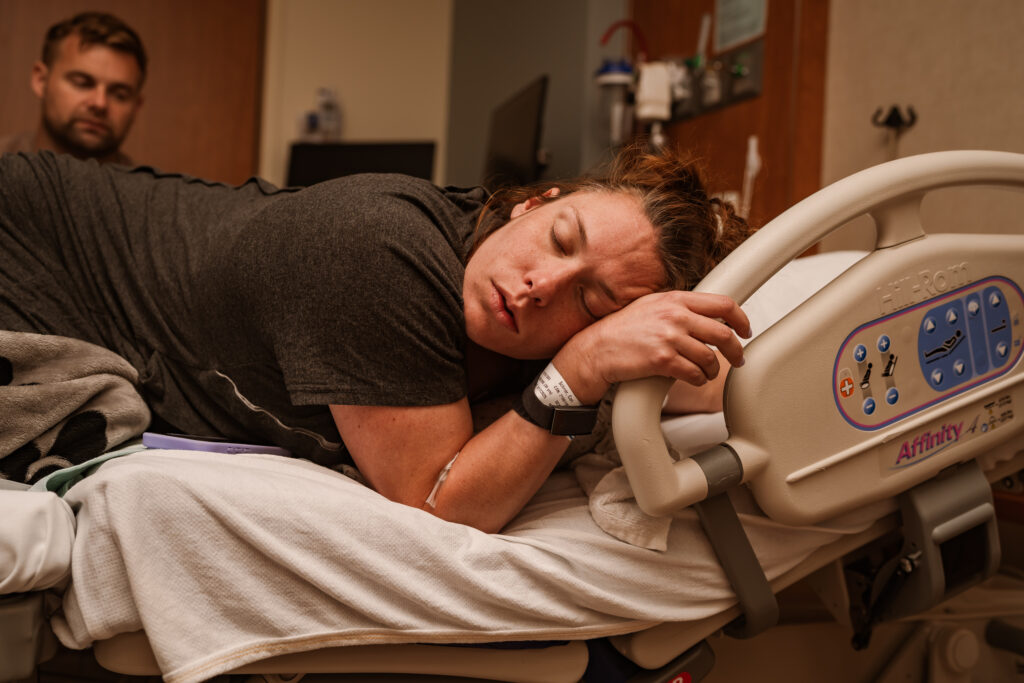
6. Use Natural Pain Management Techniques
Managing labor without medication requires a combination of techniques. Some effective options include:
- Water therapy (laboring in the shower or tub if available)
- Deep breathing and vocalization
- Frequent position changes, using a birth ball or peanut ball
- Counterpressure, massage, and heat packs
- Visualization and relaxation techniques
- Using birth comb or stress ball

7. Set the Birth Space for Comfort
Creating a calm, familiar atmosphere can make a big difference in your labor experience. Consider:
- Dimming the lights or bringing flameless candles
- Playing calming music, white noise, or even hypnobirthing tracks
- Place birth affirmations around the room
- Using essential oils (if allowed by the hospital)
- Bringing a favorite pillow or blanket for comfort

8. Have a Supportive Birth Team
Your birth team should include people who fully support your goal of an unmedicated birth. This could be your partner, a doula, or a supportive nurse. Encourage your partner to learn comfort techniques and be your advocate during labor- even have them as part of your appointments with your doula!
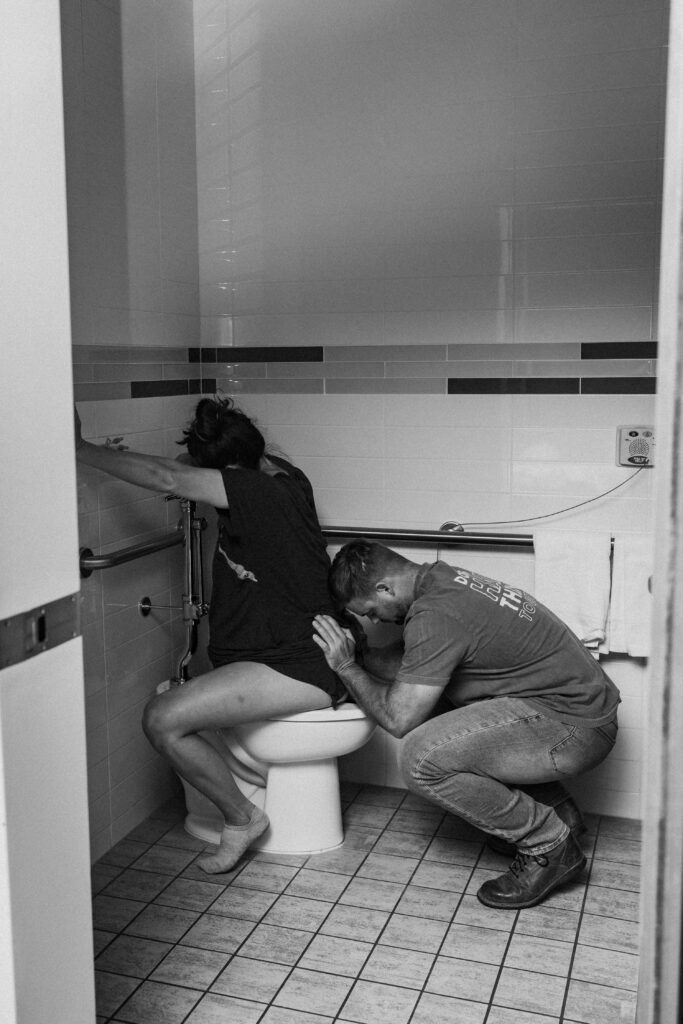
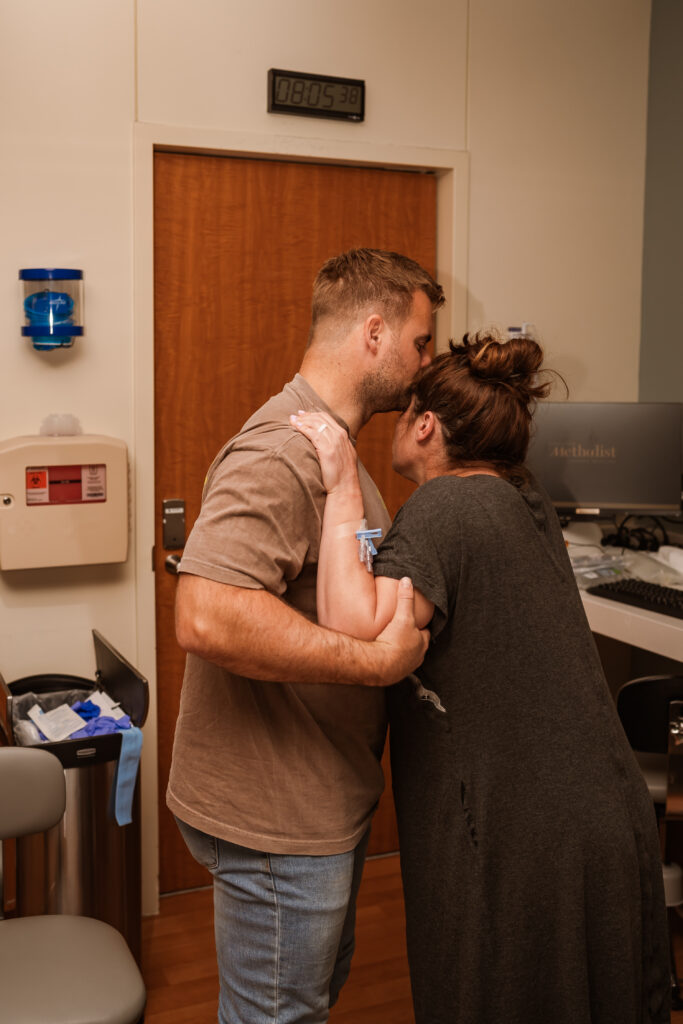
9. Stay Home as Long as Possible
Early labor is often easier to manage in a comfortable environment. If your contractions are still irregular and mild, staying home allows you to move freely and use familiar comfort measures. A good rule of thumb is the 4-1-1 guideline: contractions are 4 minutes apart, lasting 1 minute each, for at least 1 hour. Always call the nurses line and ask them for medical advice!
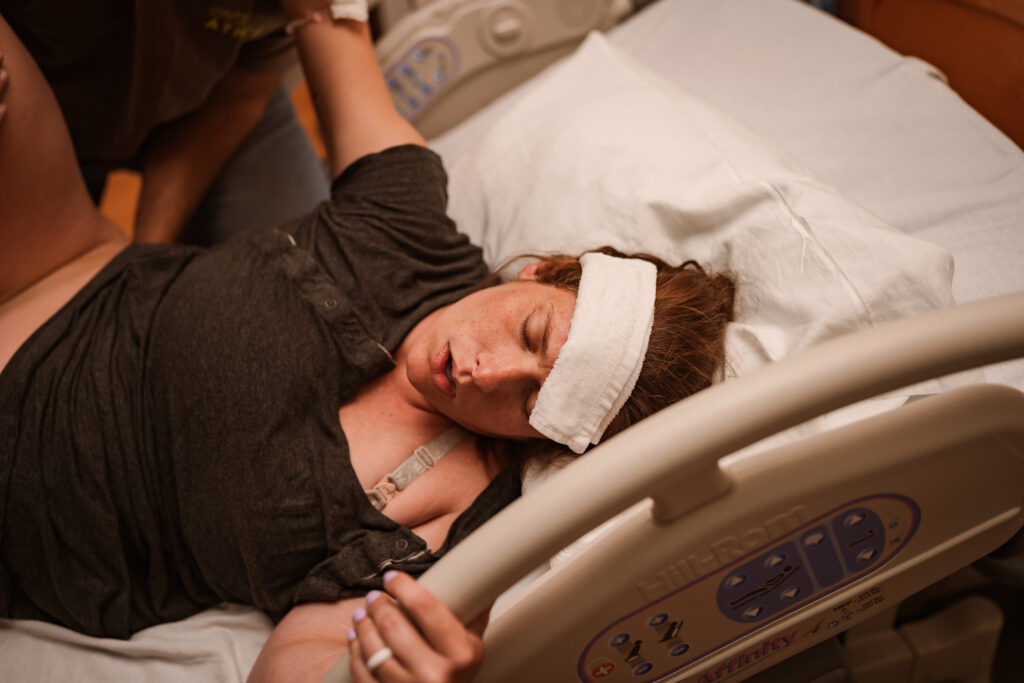
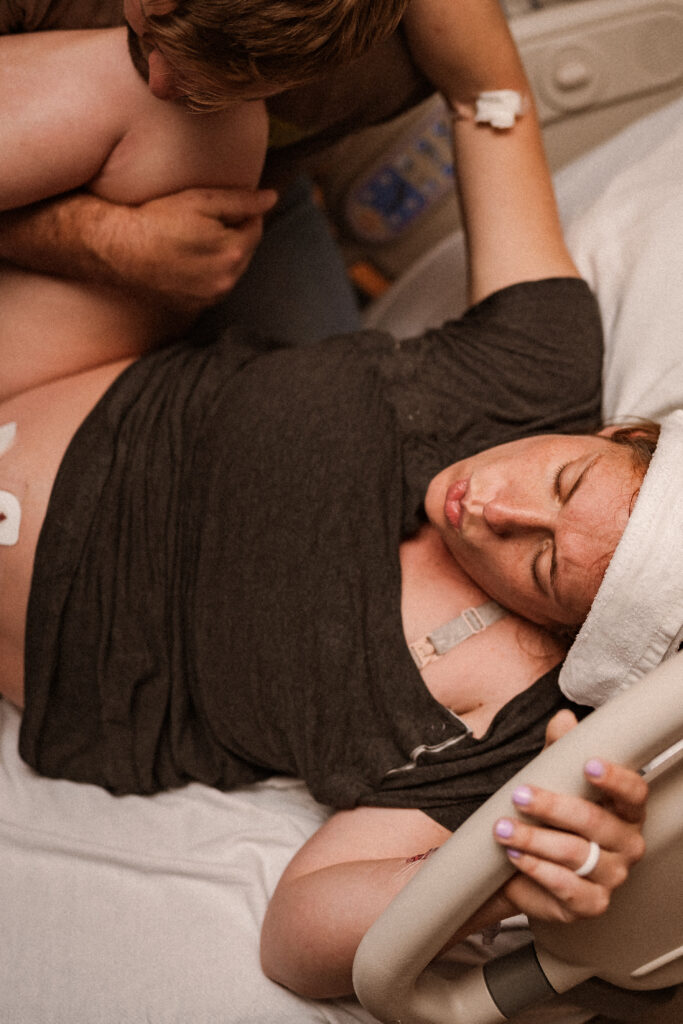
10. Be Prepared for Hospital Staff Reactions
Not all hospital staff are used to patients declining pain medication or interventions. Stay firm in your choices, but also remain open to medical recommendations if necessary. Having a doula or supportive partner can help navigate these conversations and ensure your wishes are respected.
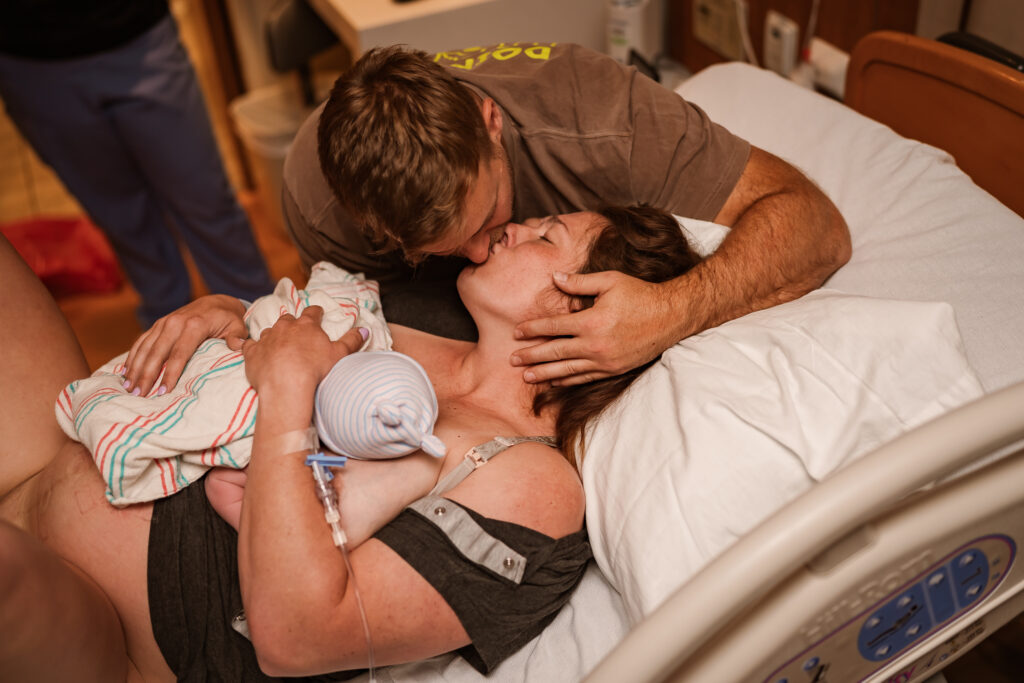
Final Thoughts
An unmedicated birth in the hospital is absolutely achievable with the right preparation. Educate yourself, build a strong support system, and trust in your body’s ability to birth your baby. Your experience should be one of empowerment, no matter what path your birth takes.
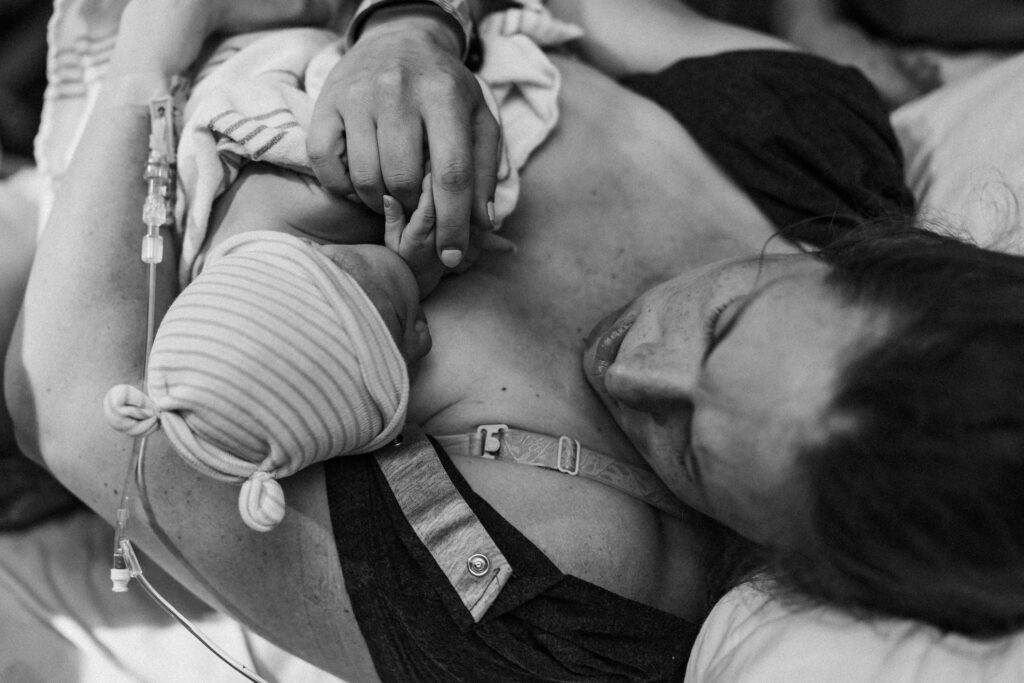
About the Birth Photographer/Doula
I'm a birth doula and birth photographer based in Conroe, TX. I have the privilege of serving families throughout the greater Houston area, including The Woodlands, Spring, Conroe, Houston, and Magnolia. As a birth doula, I’m here to support you through your pregnancy, during labor, and throughout your postpartum journey. My goal is to help you feel empowered, informed, and at peace every step of the way.
As a photographer, I specialize in capturing maternity, birth, lifestyle newborn, and family moments, preserving the beauty and emotion of these milestones for you to cherish for a lifetime. Whether you're preparing for your baby's arrival or celebrating your growing family, I am honored to document these precious moments with care, compassion, and a personalized approach.
I’m truly passionate about what I do, and it’s my greatest joy to be part of such an important time in your life.
I would love to get to know more about your journey and support you!
Let's Connect!
Hey there, I'm Ally!
Ally Davis is a certified birth photographer and certified birth doula based in The Woodlands, Texas, serving the greater Houston area. She specializes in birth photography and doula support, offering families a unique combination of emotional support and professional documentation during labor and delivery. Ally is passionate about capturing the raw, powerful moments of birth through bold, authentic storytelling. In addition to birth photography, she also offers maternity photography and newborn photography, providing a full range of services to document every stage of the journey into parenthood.
LGBTQ+ Friendly | BIPOC Inclusive | Celebrating All Skin Tones & Body Types
ALLY DAVIS PHOTOGRAPHY LLC © 2025 | ALL RIGHTS RESERVED
Home
About
Portfolio
Investment
Contact
Experience
Blog
Ally Davis is a Birth Photographer and Doula based in The Woodlands, TX, and serving the greater Houston area. With a passion for capturing the raw beauty of birth and supporting families through every stage of the journey, Ally provides emotional, bold, and vibrant storytelling. Specializing in birth photography, doula support, maternity, and newborn photography, she is committed to preserving life’s most powerful moments with authenticity and care.
LGBTQ+ Friendly | BIPOC Inclusive | Celebrating All Skin Tones & Body Types